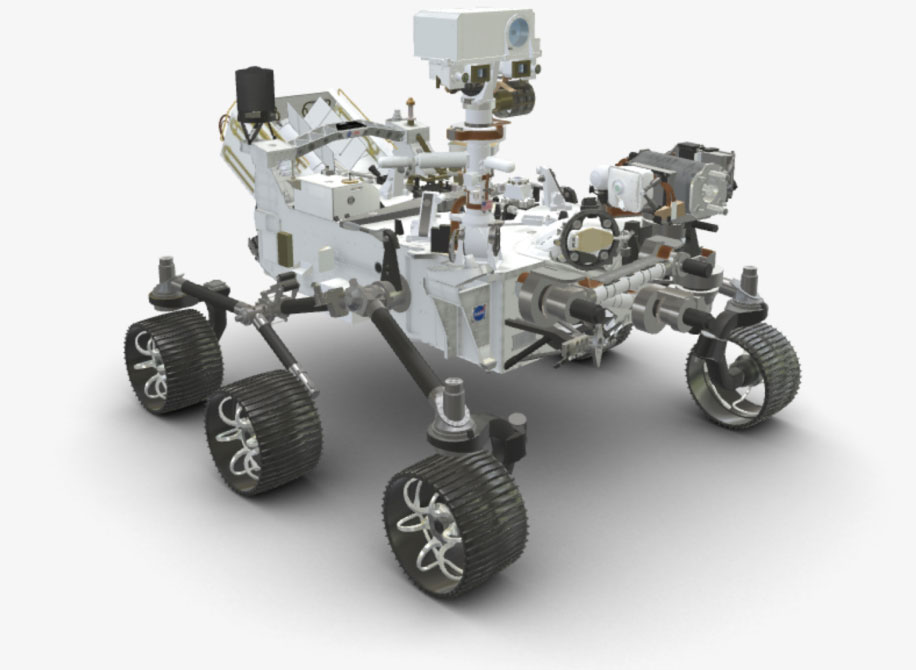From the moment humanity gazed up at the night sky, the stars have ignited a passion for exploration and innovation. Among the pioneers of this celestial journey, NASA stands out as a beacon of engineering excellence and ingenuity.
Established with the ambitious goal of reaching the moon and beyond, the agency has not only pushed the boundaries of human capability but has also catalyzed a revolution in engineering practices across multiple sectors. From the intricate designs that allow spacecraft to withstand the harshness of space to the development of cutting-edge materials and technologies that improve everyday life on Earth, NASA’s contributions span a remarkable spectrum.
This article delves into how NASA’s relentless pursuit of knowledge and exploration has led to groundbreaking innovations, shaping the future of engineering and inspiring generations to dream larger and reach further.
Introduction to NASA’s Role in Engineering

NASA has long stood at the forefront of engineering innovation, leading humanitys exploration of space and our quest for knowledge beyond Earth. Its role transcends mere rocket science; its a crucible of creativity and problem-solving where brilliant minds tackle some of the most complex challenges imaginable.
From the groundbreaking development of the Space Shuttle to the sleek, advanced technology of the Mars rovers, NASA projects have inspired a generation of engineers and scientists. The agency embodies collaboration, drawing on the expertise of diverse fields—mechanical, electrical, and even bioengineering.
Each mission is not just a test of equipment, but a profound inquiry into the unknown, pushing the limits of what’s possible while simultaneously contributing to advancements in materials, processes, and systems that benefit life on Earth. In this expansive framework of exploration, NASA continues to be a beacon of innovation, illuminating pathways toward future technologies that often first take shape among the stars.
Advancements in Aerospace Engineering

Advancements in aerospace engineering, largely fueled by NASA’s innovative spirit, have revolutionized not just the field of aviation but our understanding of the universe itself. Take, for instance, the development of lightweight, durable materials like carbon-composite structures that have made spacecraft not only stronger but also more fuel-efficient.
At the same time, NASA’s cutting-edge telemetry systems have enhanced data collection and analysis, enabling real-time communication with spacecraft during complex missions. Consider also the strides made in autonomous flight technologies, which promise to transform urban aerial mobility.
With each breakthrough, from advanced propulsion systems to sustainable aviation fuels, the landscape of aerospace engineering expands, ultimately propelling humanity into a future where the sky is not the limit, but merely the beginning of our exploration. The interplay of these innovations reveals a tapestry of creativity and technical skill that continues to inspire the next generation of engineers and dreamers.
Pioneering Space Robotics

NASA has been at the forefront of pioneering space robotics, transforming our understanding of extraterrestrial exploration. As the first agency to deploy robotic spacecraft, NASA’s innovations have continually pushed the boundaries of what machines can achieve in the harsh environments of space.
Consider the Mars rovers, intricate assemblages of engineering that not only traverse the rocky terrain but also conduct sophisticated scientific experiments, sending valuable data back to Earth. Then there are the robotic arms used on the International Space Station, marvels of precision and versatility, enabling astronauts to perform maintenance and assemble components in microgravity.
Each advancement, from autonomous navigation systems designed for deep-space missions to advanced sensors for remote sensing, highlights an enduring commitment to innovation. These robotic pioneers are not merely tools; they are partners in our quest to unravel the mysteries of the universe, showcasing the remarkable intersection of technology and imagination that defines NASA’s legacy.
Conclusion
In conclusion, NASA’s contributions to engineering innovations have not only advanced space exploration but also significantly impacted various industries on Earth. The agency’s commitment to pushing the boundaries of technology has led to breakthroughs in materials science, telecommunications, and environmental monitoring, among others.
By fostering a culture of collaboration and encouraging interdisciplinary research, NASA Engineering continues to inspire future generations of engineers and scientists. As we look to the challenges of the future, the lessons learned and technologies developed through NASA’s pioneering efforts will undoubtedly play a crucial role in shaping a more innovative and sustainable world.


